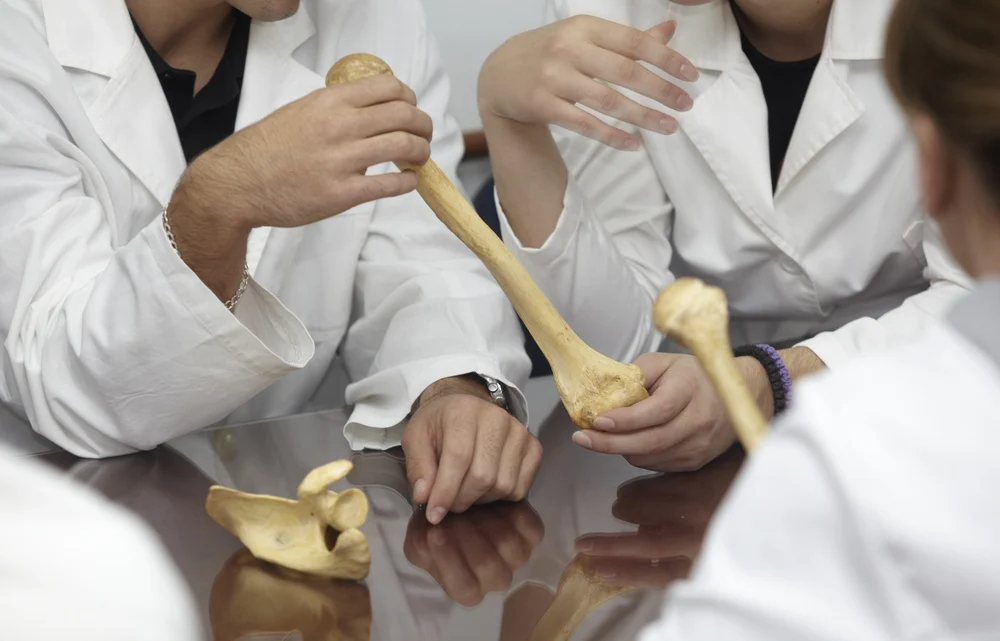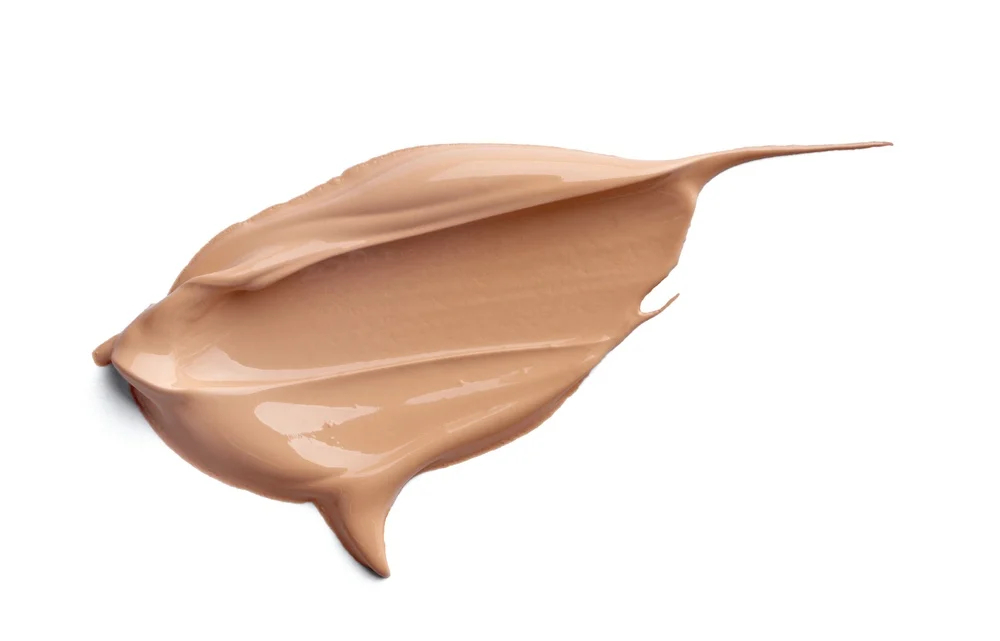
Research review: Microfibrillated cellulose for bioprinting
Anni Karppinen | June 13, 2017
Three dimensional (3D) printing and tissue engineering are two fields that are currently developing rapidly and are both exciting technologies on their own. What if you combine them? That creates a new manufacturing process, bioprinting. It is a promising technology that might be the key to the on-demand tissue engineering. Microfibrillated cellulose (MFC) or nanocellulosic materials generally have an important role in the development.
New tissues and organs from a printer
3D printing means a technology where three dimensional objects are printed layer by layer according to a digital model (read more on 3D printing), whereas tissue engineering is part of regenerative medicine which aims to restore, maintain, or improve damaged tissues or whole organs (more on tissue engineering behind this link). When you put together these two, you get bioprinting technology which enables us to print tissues and organs on demand. For example, if a patient’s tissue or organ is damaged in an accident or by a disease, we might be able to print the necessary replacement by using the patient’s own stem cells in the future. Bioprinting uses bioink which contains cells and supporting material. This bioink is printed to a desired form, e.g., to replace injured tissue and maybe even a whole organ. Recent research has shown that nanocellulose can be used in the bioink as structural and mechanical support.
Bioprinted cartilage tissue
A multi-disciplinary group lead by Associate Professor of Cell Biology Stina Simonsson (University of Gothenburg, Sweden) has managed to print cartilage replacement with stem cells. The research was recently published in Nature’s Scientific reports. Their bioink contained nanofibrillated cellulose as structural component and alginate as a cell-supporting component. The innovative step in this research was that the group was able to print stem cells (induced pluripotent stem cells, iPSC) and the cells survived the printing process. The cells started to multiply and differentiate to form cartilage cells in the printed structure.

“In nature, the differentiation of stem cells into cartilage is a simple process, but it’s much more complicated to accomplish in a test tube. We’re the first to succeed with it, and we did so without any animal testing whatsoever," says Stina Simonsson in University of Gothenburg’s press release. The stem cells were taken from patients in a knee surgery. In the future, a patient’s own cell could be used in bioprinting and the printed tissue could be used to repair cartilage damage, or to treat osteoarthritis, in which joint cartilage degenerates and breaks down, the researchers describe in the same press release.
Printed human skin model
Another example how to use bioprinting technology was presented by Henriksson et al. last year in Towards Future Regenerative Therapies TERMIS-EU 2016 Conference, Uppsala, Sweden. They bioprinted human skin model that could be used for clinical research and testing skin products and cosmetics. This kind of models are needed to ensure the safety of new cosmetic products. Animal testing of cosmetic products has been banned in EU since 2009 and the safety to human beings has to be tested in other ways. The researchers used nanofibrillated cellulose either modified with tripeptide Arg-Gly-Asp or combined with alginate and included human fibroplast into the ink. The cells were able to grow in the printed scaffold.

What could you do with it?
The above-mentioned examples show that nanocellulose fits well to bioprinting and it is just a question to find out where exactly to use it. There are even commercial producers of nanocellulose-based bioink for research use, Cellink in Sweden and 3Dynamic Systems at Swansea University, UK. Tissue engineering is a complicated field and a lot of research is still needed before bioprinting can be taken into use. However, sooner or later it will happen!
Get your free MFC sample today:
Written by:
Anni Karppinen
